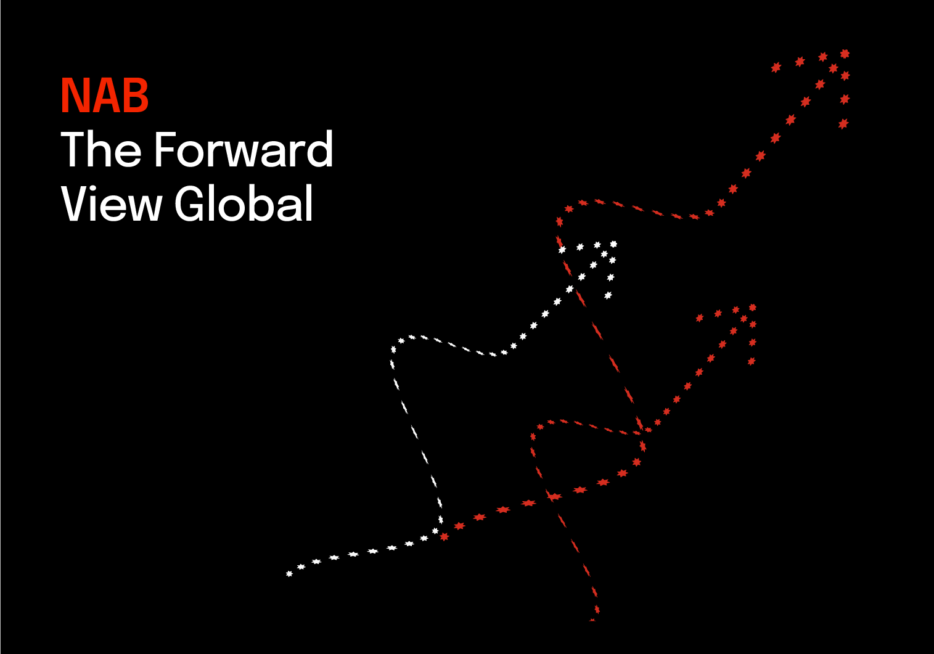Global growth headed for a H2 trough as tariffs start to bite


Insight
Our NAB Online retail sales index data indicates that sales growth was negative in June 2019, following on from strong growth in May.
NAB Chief Economist, Alan Oster commented:
Our NAB Online retail sales index data indicates that sales growth was negative in June 2019, following on from strong growth in May. Online retail sales tend to be more volatile than broader retail, experiencing far greater monthly fluctuations. Looking through the month-to-month volatility, while sales growth through the year is still positive, it slowed in June and is markedly slower than the same period in 2018. It is worth noting, however, that year-on-year growth comparisons are made to a period of elevated sales in 2018. At that time, major new online merchants established an Australian presence, and pre-GST exemptions were in effect.
By category, after weak sales growth earlier in the year, the small sales category of takeaway food led both month-on-month and year-on-year growth in June. The structural changes occurring in the sector, by way of high profile exits and consolidation, have affected sales growth, so the latest result needs to be read with this in mind. The headline result for June appears to be a result of sluggish growth in most categories, combined with a significant sales contraction in media, and the largest spend category, homewares and appliances. Grocery and liquor, which represents around 14% of the index, dipped slightly in the month, but continues to grow over the year.
ACT recorded the strongest rate of growth in online sales in June, followed by WA. All other states contracted in month-on-month terms. ACT also led year-on-year growth.
This month, the growth rate for metropolitan areas (0.4%) remained mildly positive, while online sales in regional areas (-3.1%) recorded a considerable contraction. Both WA metro and regional areas recorded growth in the month. In contrast to the broader result, Tasmanian metro sales preformed far worse than regional, albeit both negative in the month.
By merchant location, domestic (-1.6%) and international (-1.9%) online retailers both fell in the month. The domestic result was most negatively impacted by media, and homeware and appliance categories, while for international, the slowdown was in grocery and liquor and department stores.
It is worth noting here that our definition of a domestic online retailer can include those merchants whose parent organisation might be overseas with an Australian subsidiary. Solely using GST as a key defining characteristic of domestic and international is no longer appropriate given changes made in July 2018.
For further details, please see the NAB Online Retail Sales Index – June 19
© National Australia Bank Limited. ABN 12 004 044 937 AFSL and Australian Credit Licence 230686.